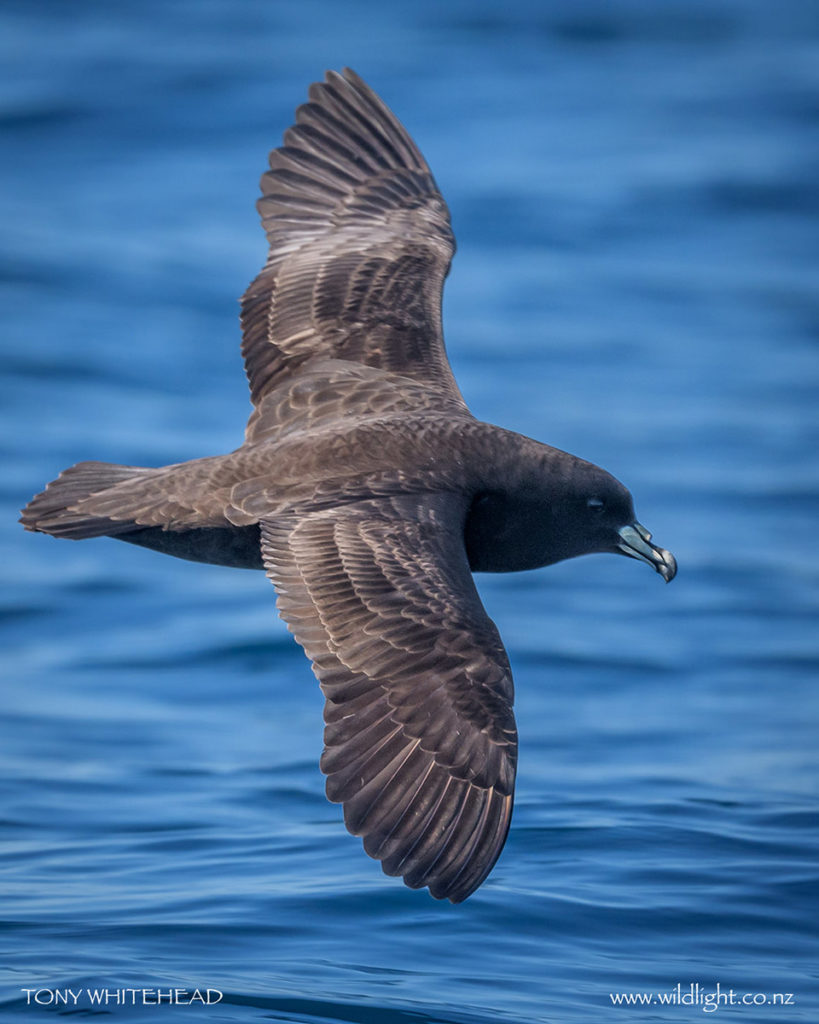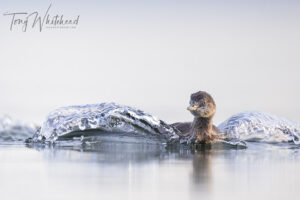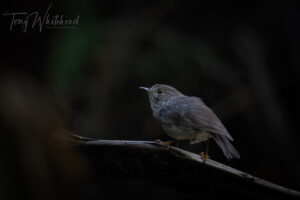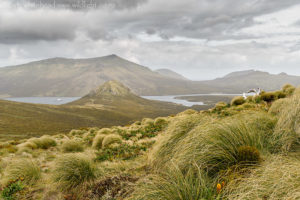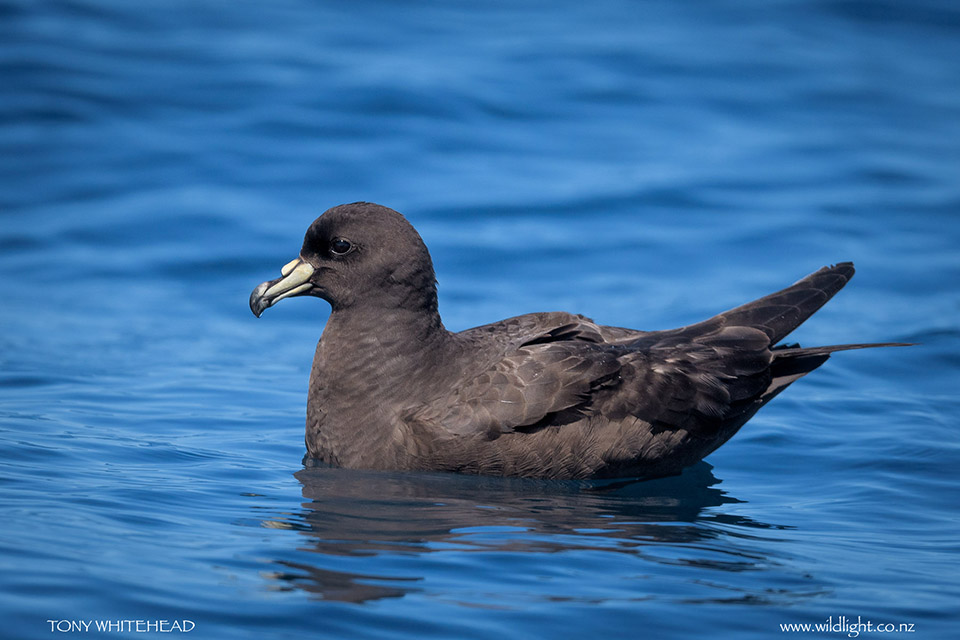
This week we’re back in the Hauraki Gulf with the Black Petrel (Procellaria parkinsoni). Black Petrels are a medium sized all black/dark brown petrel. The outer Hauraki Gulf is one of the best places to see them as they breed on Aotea/Great Barrier Island (2000 pairs, 2011) and a smaller number breeding on Hauturu/Little Barrier Island (100 pairs, 1987). They are the smallest of the Procellaria with the other birds in the genus comprising the Westland Petrel, Grey Petrel, White-chinned Petrel and Spectacled Petrel. Being a pelagic bird novice my major difficulty is in differentiating them from Flesh-footed Shearwater which are a similar size and colour. I am normally looking through a viewfinder at a moving bird from a moving deck so it only when I review my images and can see the bill and leg features that I can be sure of what I have photographed. Black Petrels have black legs and feet and a yellowish bill with a grey/black tip and black between the bill plates. Experienced birders will pick them easily from their slightly larger and bulkier appearance so I should probably spend less time looking through my camera.
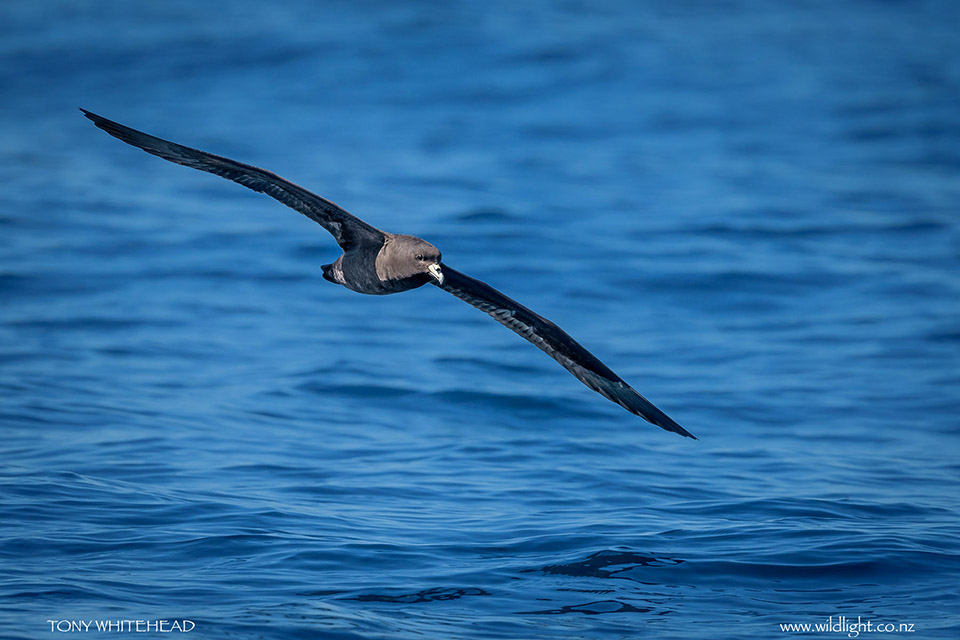
Black Petrels previously bred throughout the North Island of New Zealand but have been eliminated from the mainland by introduced rats, pigs , cats and mustelids. They are vulnerable to recreational and commercial fishers and are the most at-risk seabird from commercial fisheries in New Zealand. They are monogamous burrow breeders that share incubation and feeding duties. Eggs are laid mid-November to late January, hatching after 57 days, fledging occurs 96-122 days and the chicks return after 4-6 years and begin breeding after 5-7 years. The birds depart the breeding colonies from July heading to the eastern tropical Pacific off South America until October.
For more information see Black Petrel on Nzbirdsoline.
Photos with Nikon D500 and Nikon 500mm f5.6PF lens
